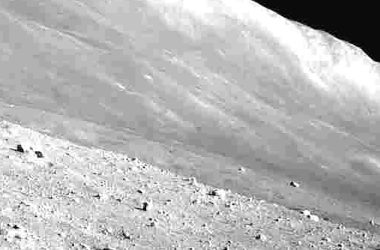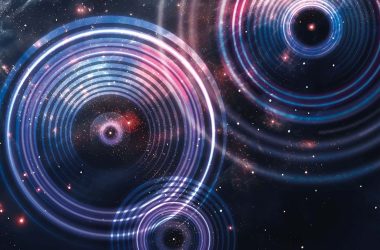Photographers around the world captured stunning images of a partial lunar eclipse that occurred over the weekend. This phenomenon happens when the moon’s orbit aligns with the sun, creating a syzygy. The eclipse was fully visible from the UK, Europe, Asia, and Africa, with some regions experiencing a “blood moon” as the moon partially turned red. However, in parts of North America, South America, and Australia, the moon simply darkened.

In Munich, Germany, a photograph was captured just after 10 pm local time. Despite the local cloud cover, the image shows the shadow of Earth encroaching over the moon.

In New Delhi, India, photographer Salman Ali captured a photo of the partial lunar eclipse over the capital city.

Lorenzo Di Cola, a photographer from L’Aquila, Italy, captured a series of 12 images showcasing the progression of the eclipse. At the fullest extent of the eclipse, 6% of the lunar surface was in darkness.
During a full lunar eclipse, the moon isn’t completely dark because sunlight is refracted by Earth’s atmosphere. Shorter wavelengths are scattered more, leaving longer wavelengths to hit the moon, resulting in a reddish hue, or a “blood moon”.
Key Points:
- Photographers globally captured stunning images of the partial lunar eclipse.
- The eclipse was fully visible from the UK, Europe, Asia, and Africa.
- Some regions observed a “blood moon” as the moon partially turned red.
- In Munich, Germany, a photograph captured the moon’s shadow despite local cloud cover.
- Photographers in India and Italy also captured images of the eclipse.
- During a full lunar eclipse, the moon is not completely dark due to atmospheric refraction.
Source: Science Spotlight








